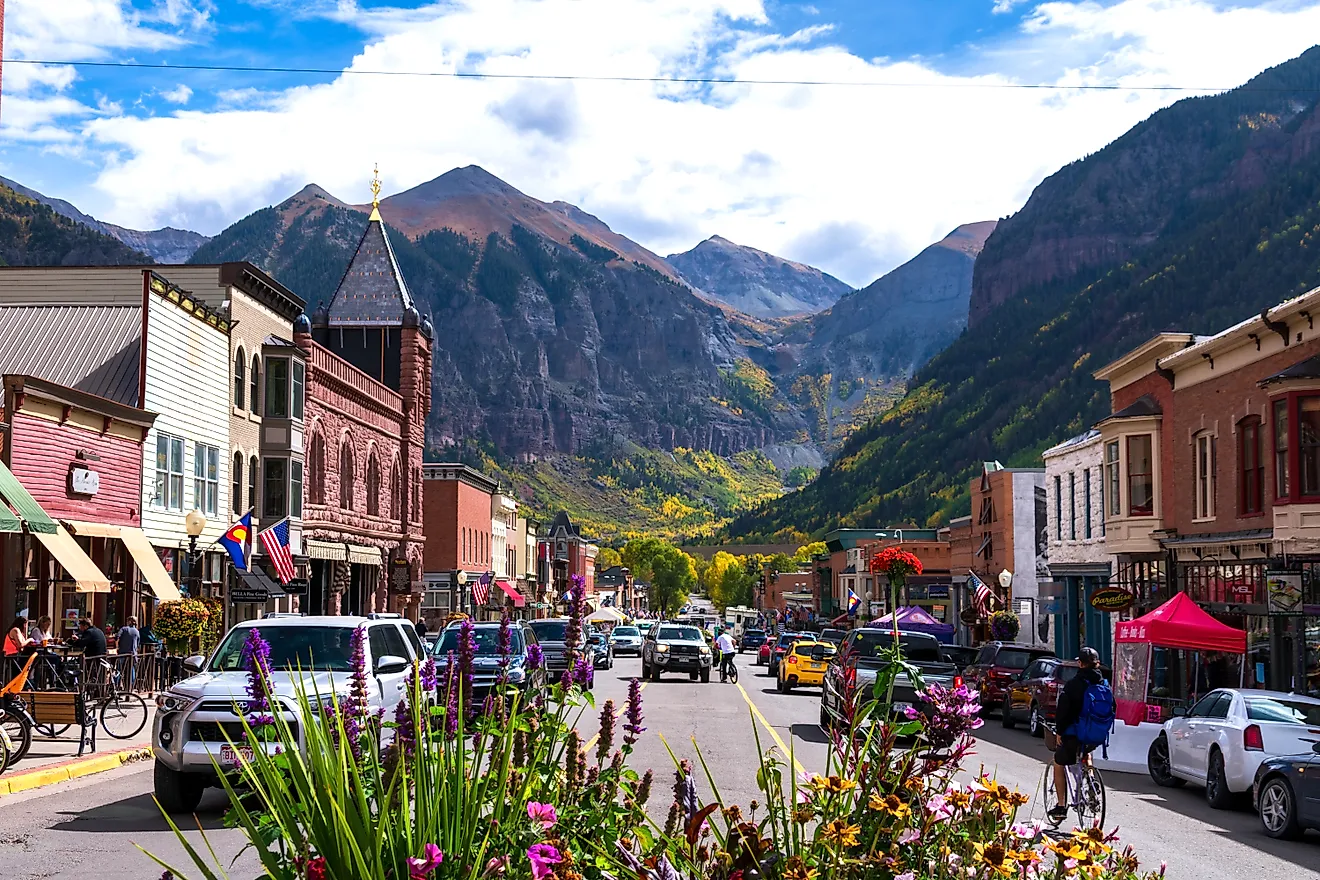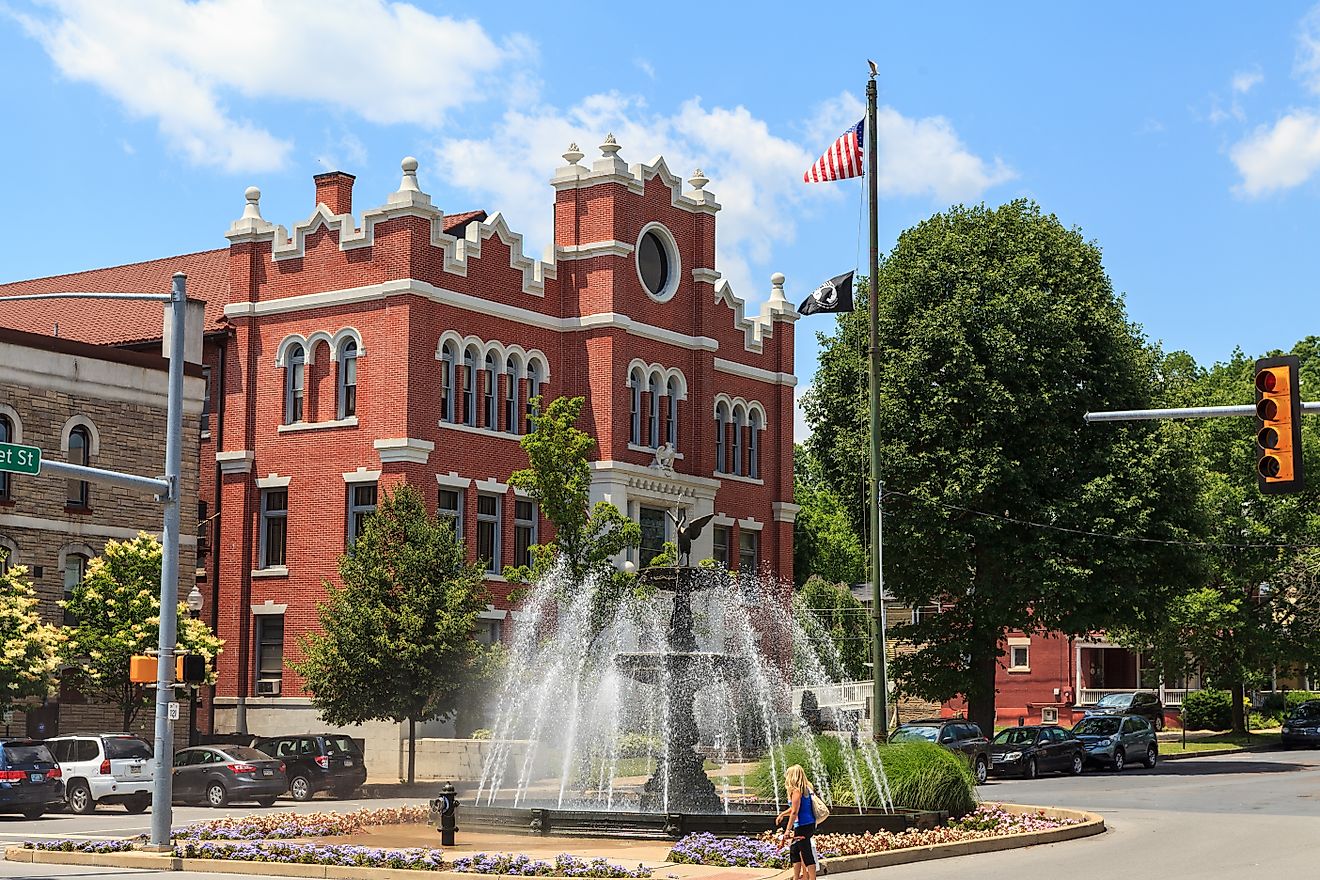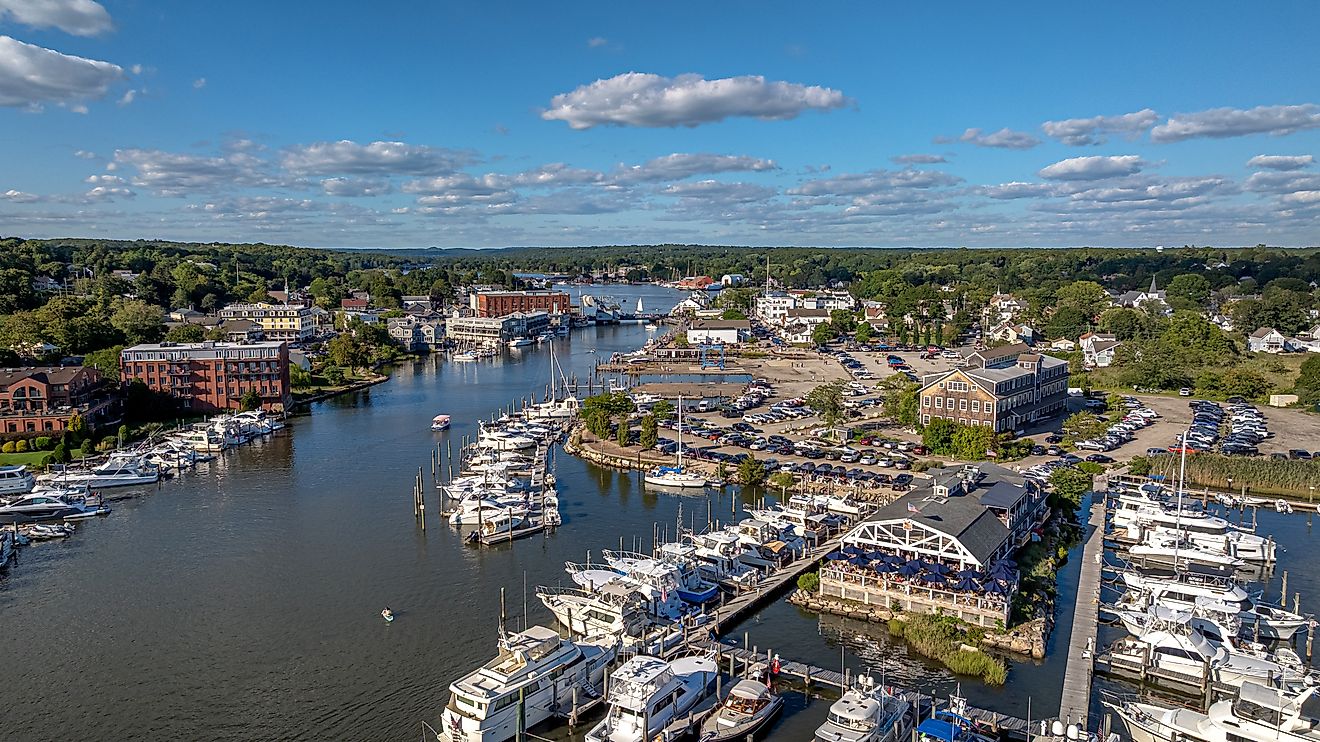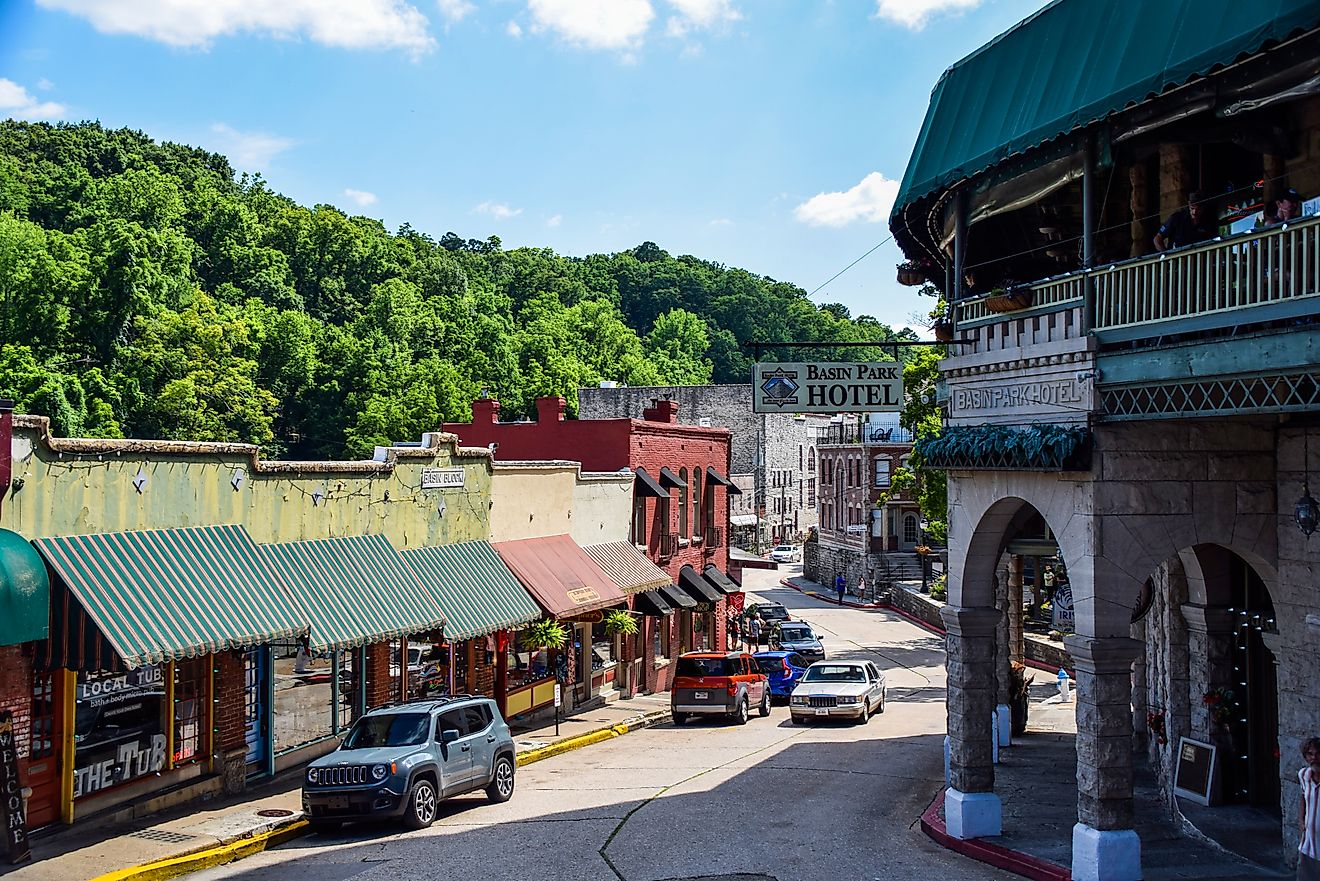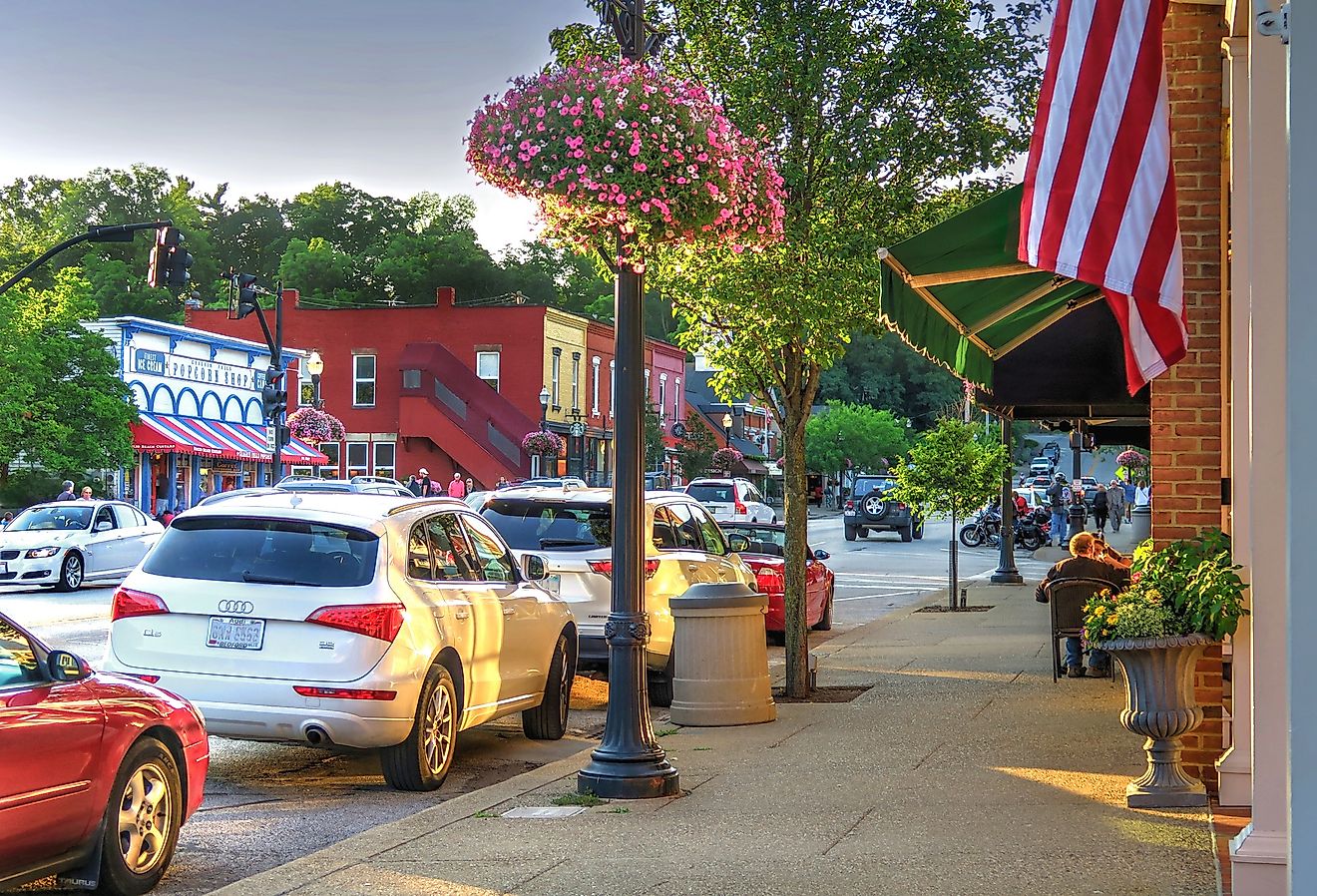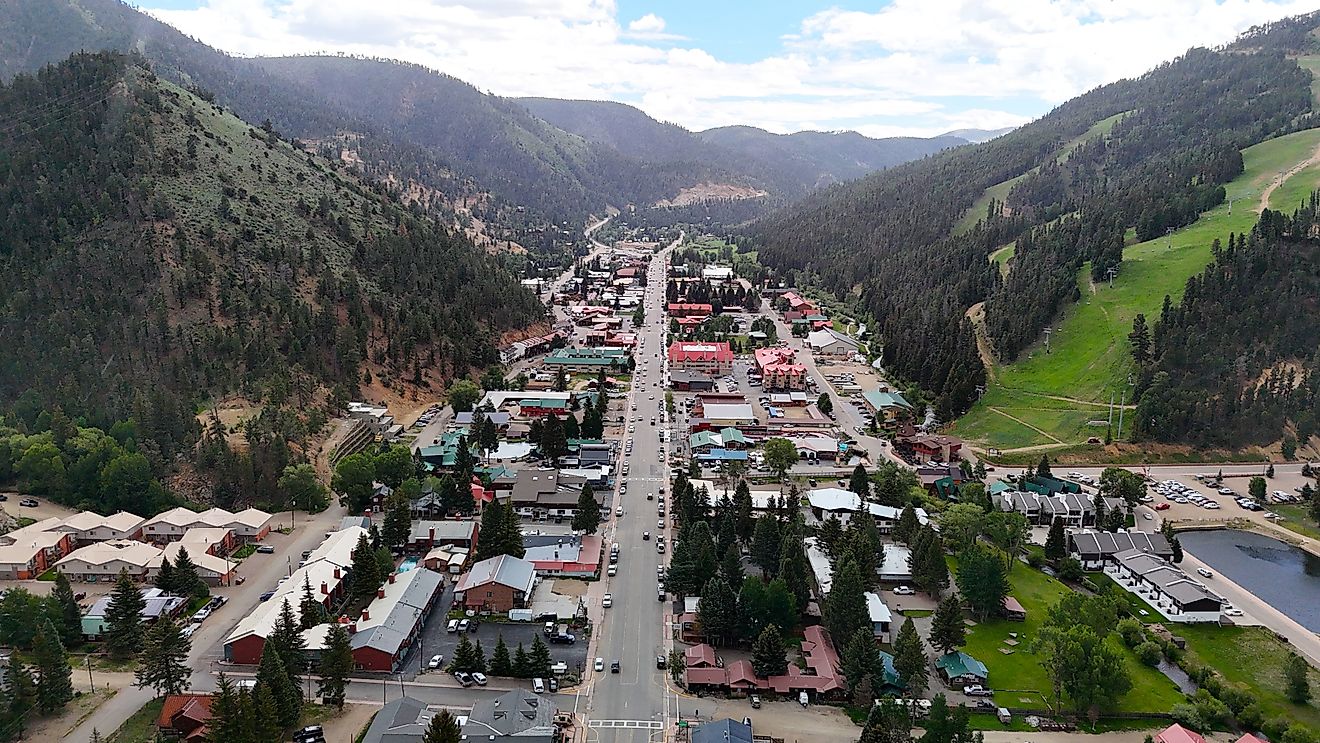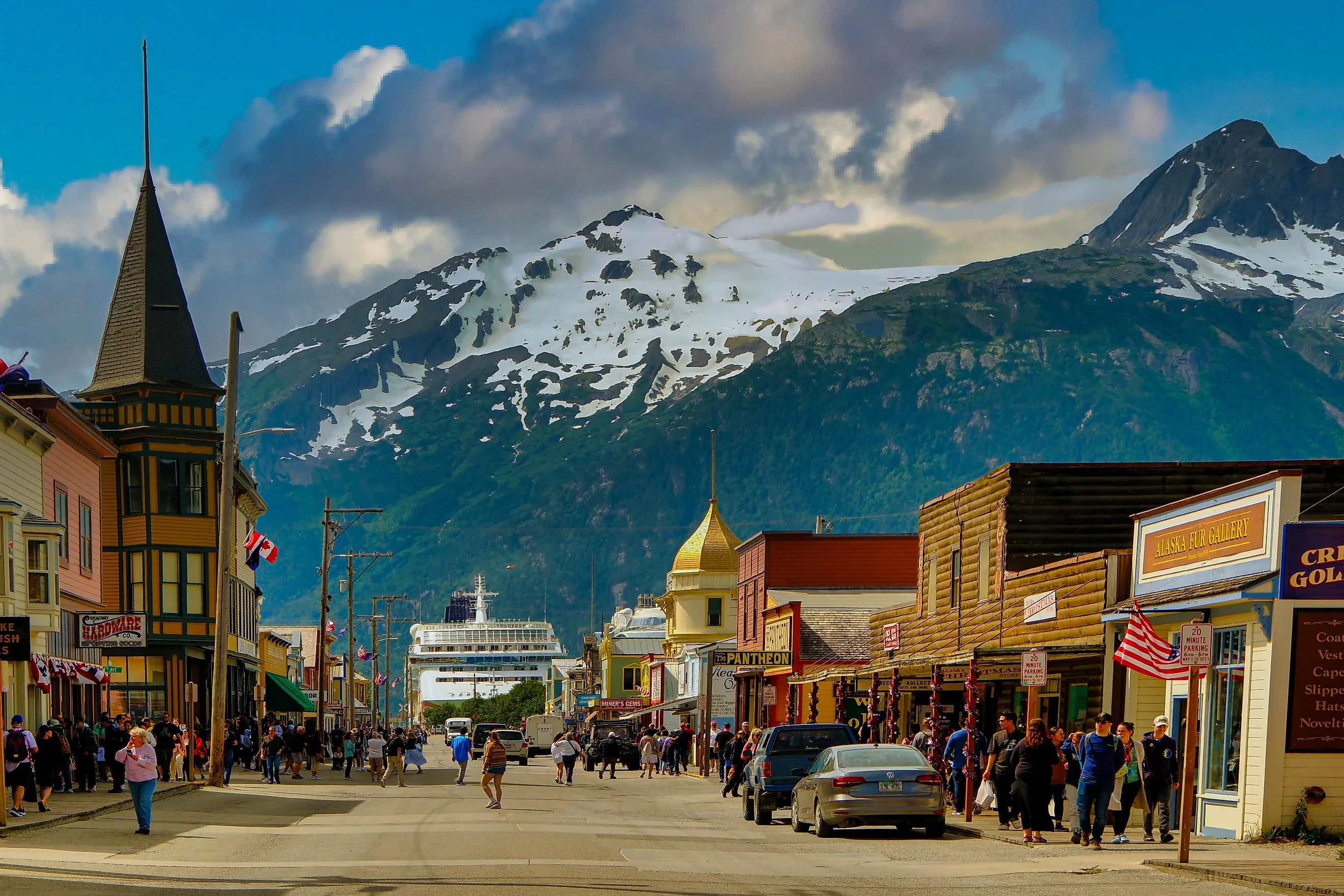
10 Alaska Towns That Locals Love
Beyond the shadow of Denali and the sprawling suburbs of Anchorage, the true spirit of Alaska lives in its small cities, where pivotal moments of history feel tangible, not distant. See it in places like Sitka, where the onion domes of St. Michael's Cathedral stand as a testament to its past as the capital of Russian America, or Skagway, whose downtown boardwalks still echo the feverish footsteps of Klondike gold seekers from 1898. These are not just scenic stops; they are communities shaped by dramatic events, from earthquakes reshaping Valdez to the enduring Tlingit culture woven into the fabric of Southeast. If you want to know the Alaska cherished by those who live its seasons year-round, look to these smaller hubs. Here are ten towns, each with a distinct story, that Alaskans themselves love.
Sitka
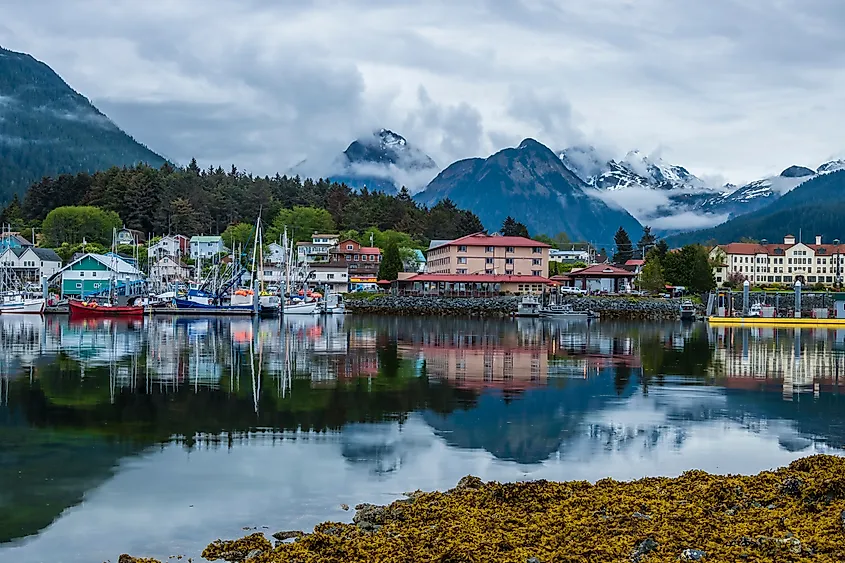
Locals love Sitka for its unparalleled, breathtaking natural beauty and a profound sense of history, a place where Tlingit culture and Russian-American heritage are visible on every corner. Set on the outer coast of Baranof Island, this area is surrounded by a jagged skyline of mountains and a constellation of small islands, offering residents a deep connection to both the rainforest and the sea. Visitors can get a powerful sense of this connection at the Fortress of the Bear, a non-profit sanctuary providing a safe home for orphaned brown and black bears. Another local treasure is the Alaska Raptor Center, a renowned rehabilitation and education facility where you can get an up-close look at majestic bald eagles, owls, and other birds of prey.
A walk through Sitka National Historical Park, Alaska's oldest federally designated park, is a must-do to see the striking Tlingit and Haida totem poles that line a tranquil forest trail. For a true taste of local life, visit during the Alaska Day Festival in October, a town-wide celebration commemorating the 1867 transfer of Alaska from Russia with a parade, historical reenactments on Castle Hill, and a costume ball.
Skagway
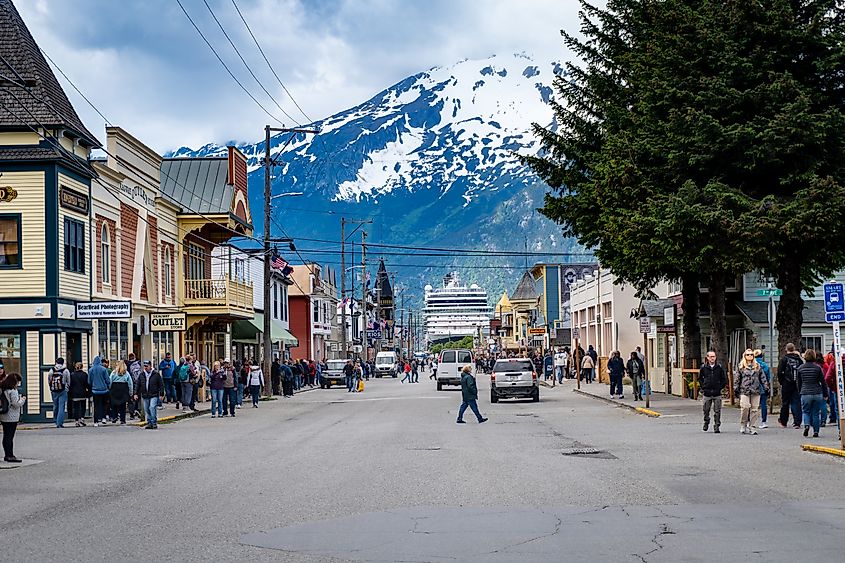
Skagway is a place that lives and breathes its Klondike Gold Rush past, and that authentic, frozen-in-time charm is exactly what locals love. While it bustles with visitors in the summer, year-round residents cherish the tight-knit community and the "end-of-the-road" vibe, all set in a spectacularly narrow valley.
In this city, walking the plank boardwalks of the Klondike Gold Rush National Historical Park is like stepping back into 1898; the park preserves much of the downtown's gold rush-era architecture. A ride on the historic White Pass & Yukon Route is a must, as the narrow-gauge railway climbs nearly 3,000 feet past mountains and glaciers. For a true taste of the miners' journey, adventurous travelers can hike a portion of the legendary 33-mile Chilkoot Trail. The entire community's spirit is on display during its famous Fourth of July Celebration, an old-fashioned street party complete with a parade, games like an egg toss, and a real sense of Alaskan community.
Whittier
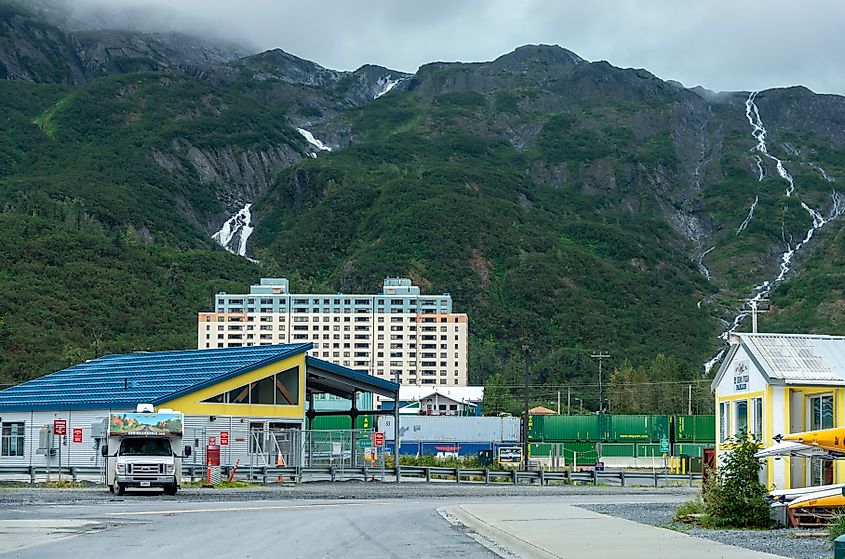
Whittier presents one of Alaska's most peculiar living situations. Entry to this Prince William Sound port is dictated by the sea or by the Anton Anderson Memorial Tunnel, a 2.5-mile, single-lane bore that alternates between railroad and vehicle traffic, forcing arrivals and departures to follow a strict schedule. This dramatic gateway defines life here. Nearly all of the 300-or-so residents famously reside under one roof in the Begich Towers, a Cold War-era high-rise that also contains the post office, a clinic, and a grocery store. This singular setup fosters an incredibly close-knit and self-sufficient atmosphere, prized by those who choose this isolated, yet connected, life.
The primary draw here is the staggering, immediate access to the glacial waters of Prince William Sound. Day cruises depart daily from the harbor, going deep into fjords to witness massive tidewater glaciers calve into the ocean. Those seeking a quieter encounter can sea kayak among the ice floes right in Passage Canal. A hike on the Portage Pass Trail rewards with a stunning overland view of Portage Glacier. To see the residents at play, the Whittier 4th of July Celebration is the key gathering, featuring a "tiny parade" where kids decorate bikes, followed by a barbecue for all.
Wrangell

Wrangell offers a window into an unpretentious side of Southeast Alaska. As one of the oldest non-Native settlements in the state, its identity is deeply rooted in the fishing and timber industries. This working-port atmosphere is a point of pride for those who call it home. The area is also the gateway to the mighty Stikine River, a massive, wild waterway that cuts through the Coast Mountains, offering unparalleled access to the remote interior wilderness.
The island's deep Tlingit heritage is etched directly into the shoreline at Petroglyph Beach State Historic Site, where dozens of ancient rock carvings are visible at low tide. A defining experience here is a trip to the Anan Wildlife Observatory, a protected site managed by the U.S. Forest Service, where both black and brown bears can be viewed simultaneously as they fish for salmon. This authentic spirit culminates during the Fourth of July, a multi-day extravaganza that draws people from all over the region. The celebration is renowned for its parade, boat races, and a traditional logging show, where participants compete in events such as axe throwing and pole climbing.
Ketchikan
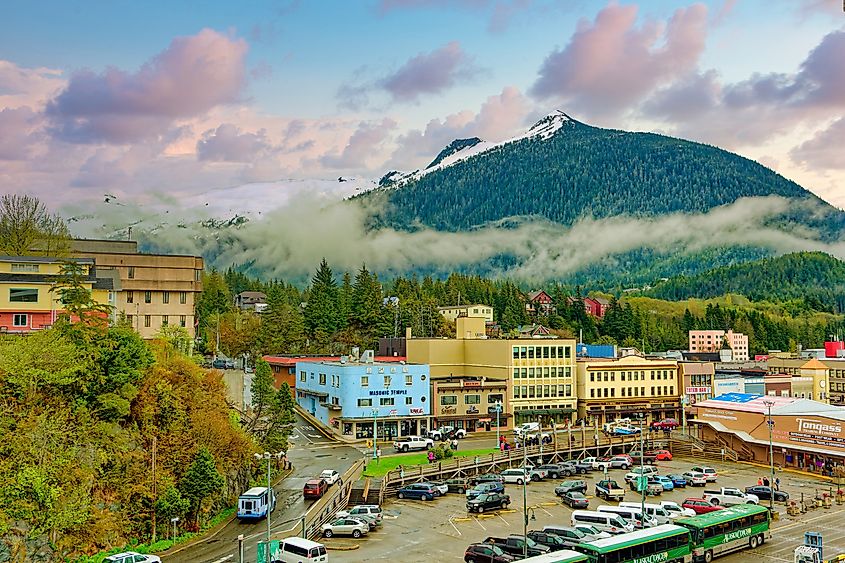
Ketchikan, the self-proclaimed "Salmon Capital of the World," is a bustling port built precariously on stilts over the water and steep hillsides. This city, the first one encountered when sailing north into Alaska's Inside Passage, is defined by its prolific rainfall, which blankets the surrounding Tongass National Forest in a lush, temperate rainforest. Its past is on full display along Creek Street, a historic boardwalk perched over the creek that was once Ketchikan’s infamous red-light district and is now filled with colorful shops and galleries. Here, during spawning season, you can literally watch thousands of salmon struggling upstream.
A profound sense of heritage is preserved at the Totem Heritage Center, which houses an internationally renowned collection of unrestored 19th-century totem poles retrieved from remote village sites. For a different perspective, Totem Bight State Historical Park offers a scenic walk among recreated poles and a traditional clan house set in the forest. To experience the city's quirky, creative side, the Ketchikan Blueberry Arts Festival is a highlight. Held the first weekend in August, this celebration, run by the Ketchikan Area Arts and Humanities Council, fills the streets with artist booths, pie-eating contests, live music, and the wonderfully peculiar slug race.
Gustavus

Gustavus is Alaska's quintessential quiet town, a place cherished for what it lacks: no cruise ship docks, no crowds, and not even a traditional downtown. Instead, this small settlement is a spread-out expanse of homesteads and meadows. Those who live here are artists, gardeners, and fishermen who prize their solitude and direct access to the wilderness. Its entire identity is tied to being the gateway to Glacier Bay National Park, and Bartlett Cove, the park headquarters, is just down the road.
The primary activity is embarking on a boat tour into Glacier Bay to witness its magnificent tidewater glaciers, though the area is also a world-class destination for whale watching in Icy Strait, a rich feeding ground for humpback whales. The flat terrain is ideal for renting a bike and exploring the roads or hiking the Nagoonberry Loop Trail. The independent spirit of the place is best captured during its Fourth of July Extravaganza, an old-fashioned celebration that feels like a step back in time, complete with a parade, a "Slow Bike Race," and a Rubber Duckie Race down the Salmon River.
Homer
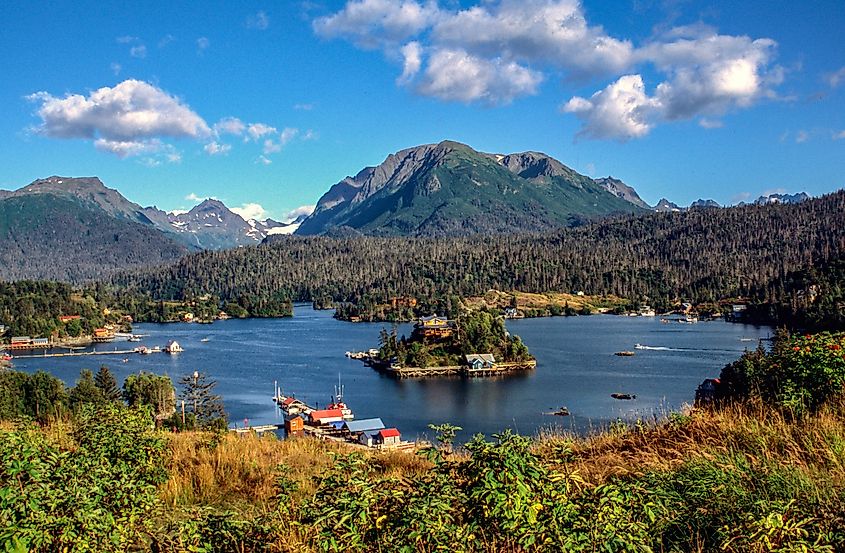
Homer is a place of dramatic geography and creative energy, famously perched at "the end of the road" on the Kenai Peninsula. Its lifeblood is the Homer Spit, a 4.5-mile-long sliver of land that juts into the turquoise waters of Kachemak Bay. This bustling strip of land is the "Halibut Fishing Capital of the World," lined with charter offices, seafood restaurants, and the iconic Salty Dawg Saloon. Across the bay, the wilderness of Kachemak Bay State Park, Alaska's first state park, offers a stunning backdrop of glaciers and mountains, accessible by water taxi for hiking and kayaking. Back in town, the Pratt Museum offers deep dives into the region's rich marine ecology and cultural history.
While summer is for fishing, the hardy spirit of the off-season is best seen during the Homer Winter Carnival. This multi-day February festival is a beloved antidote to the cold, featuring a parade down Pioneer Avenue, the hilarious and competitive Outhouse Races, and the crowning of "Mr. Homer."
Seward

Seward is where the Kenai Mountains jut dramatically into the sea, a port defined by the deep, fjord-like Resurrection Bay and its role as the gateway to Kenai Fjords National Park. This stunning natural setting, easily accessible from Anchorage by road or rail, makes it a cherished getaway for many Alaskans. It is a hub for epic, accessible adventures, whether it's exploring the state-of-the-art Alaska SeaLife Center, a world-class marine biology research and rehabilitation facility right on the waterfront, or driving to the Exit Glacier Nature Center to hike trails leading to the edge of a massive, receding glacier, the only part of the park accessible by road.
Seward’s rugged heart is on full display during the Mount Marathon Race, an Alaskan institution held every Fourth of July. This grueling 3.1-mile race, one of the oldest mountain races in North America, sends brave runners scrambling 3,000 feet up the sheer face of Mount Marathon and back down again. The entire city erupts in celebration, lining the streets and slopes to cheer on the competitors in what is arguably the state's most iconic and intense athletic spectacle.
Valdez

Nestled in a dramatic fjord and ringed by the towering Chugach Mountains, Valdez earns its nickname "Alaska's Little Switzerland." This port offers staggering scenery defined by steep mountainsides, hanging glaciers, and abundant waterfalls. Life here is connected to the sea and the surrounding wilderness, offering year-round outdoor pursuits from world-class heli-skiing in winter to kayaking among glacial ice in summer. The town's resilience, having completely relocated after the 1964 earthquake, is part of its enduring character.
Just outside Valdez, the drive through Keystone Canyon on the Richardson Highway is breathtaking, with Bridal Veil Falls and Horsetail Falls cascading down sheer rock walls. An unforgettable experience is paddling among massive, sculpted icebergs on Valdez Glacier Lake, the runoff from the valley glacier just minutes from the airport. A favorite summer gathering is the Valdez Gold Rush Days in early August. This five-day celebration commemorates the area's prospecting past with a parade, unique events like the bed races and fish toss, live music, and even mock "arrests" that fundraise for local charities.
Girdwood

Though often called "Alaska's only resort town" due to the presence of Alyeska Resort, Girdwood offers a distinct character appreciated by those who call this rainforest valley home. Set about 40 miles south of Anchorage along the incredibly scenic Seward Highway, it is a place where skiers, artists, and outdoor enthusiasts converge, creating a slightly bohemian atmosphere amidst the towering Chugach Mountains.
One quintessential activity is riding the Alyeska Resort Aerial Tram, which ascends 2,300 feet up Mount Alyeska for panoramic views stretching down Turnagain Arm and across the surrounding glaciers. Artistic inclinations can be explored at places like the Girdwood Center for Visual Arts, a co-op gallery showcasing works by area creators. The defining annual gathering is the Girdwood Forest Fair, a free-spirited summer weekend filled with artisan booths, eclectic food, continuous live music, and famously quirky rules that prioritize fun and grassroots participation.
Locals Love These Towns In Alaska
While Alaska's grand glaciers and towering peaks rightly capture the imagination, the enduring spirit of the Last Frontier resides in these smaller settlements. From the deep Tlingit and Russian roots of Sitka to the quirky isolation of Whittier, the fishing heart of Ketchikan to the artistic soul of Homer, each place offers a distinct slice of Alaskan life. They provide unparalleled access to wilderness, foster a strong sense of self-reliance, and offer opportunities to connect with traditions and landscapes in ways that larger centers cannot.


